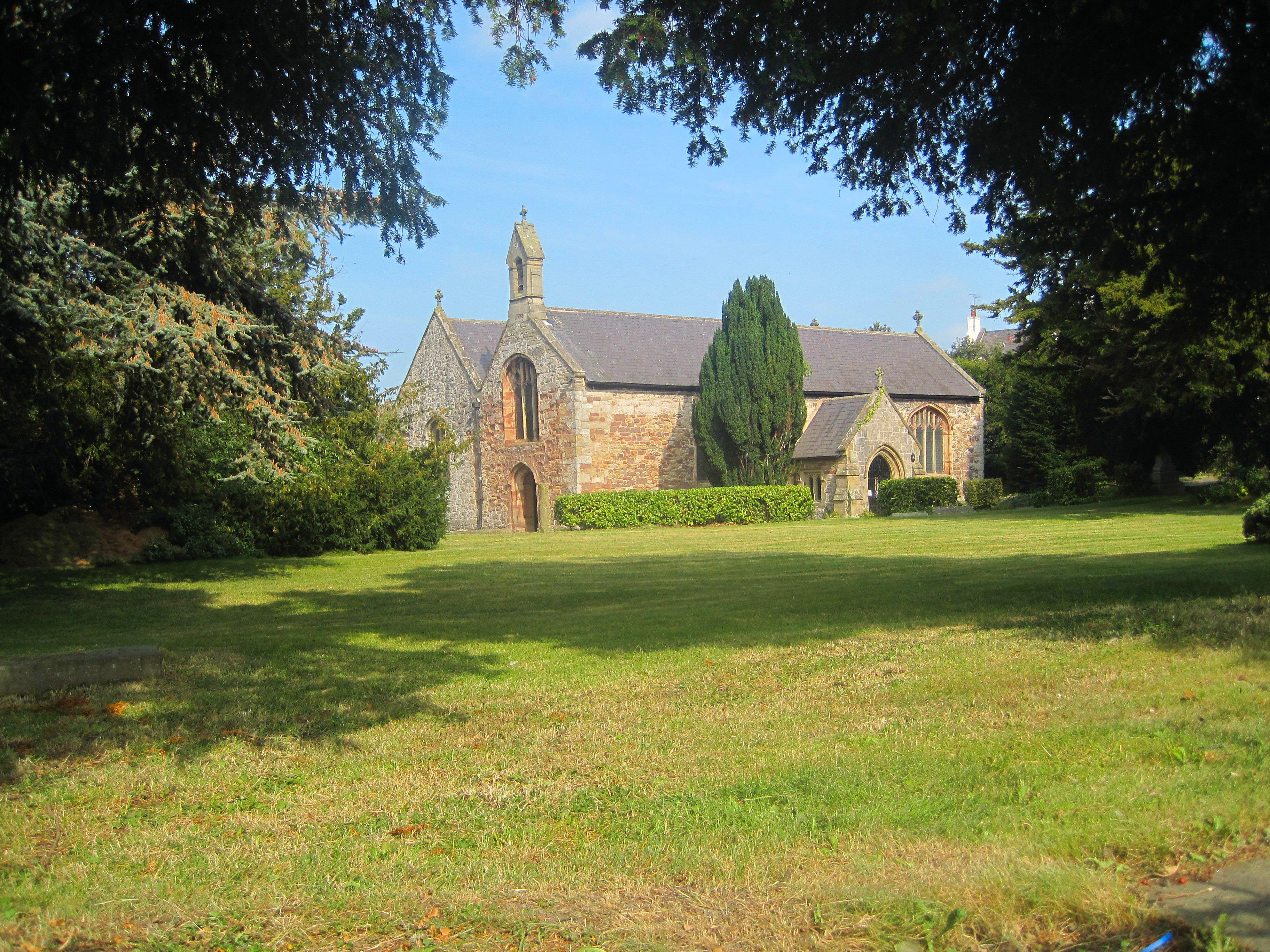St Asaph Cathedral
St Asaph, Denbighshire
St Kentigern built his church here in 560, later leaving it to St Asaph.

This medieval Welsh parish church played a key role in the founding of the community of St Asaph (LLanelwy) and is worth a visit.
St Asaph, Denbighshire
The church is dedicated to the founders of the Christian community in St Asaph, St Kentigern and St Asaph. Typical of Vale of Clwyd churches, its architecture consists of two parallel aisles separated by a 5 arch arcade.
The church was originally built in the 13th century and was recorded with the cathedral in the Norwich Taxation of 1254. Today’s building is thought to have been reconstructed on the old foundations in 1524, when new windows were incorporated and it was reroofed with the present striking hammerbeams. The north aisle was added later in the 16th century, also with a hammerbeam roof. In 1629-30, the south porch suffered irreparable damage in storms and was rebuilt, and in 1687 a new south doorway was inserted.
The present day porch, bellcote and vestry were added in 1872 under the direction of the renowned Sir George Gilbert Scott as is most of the internal woodwork. The lancet window is medieval with an inscription, 1614. All the other stained glass windows are Victorian, some by Richard Kempe. There are interesting, wall mounted monuments, including a memorial dated 1695/6, bearing a skull and cross bones which is believed to signify the resurrection. The water stoop, currently in use as the font, is believed to date from the 13th or 14th century.
The polygonal churchyard implies an ancient site, and was closed for burials in 1871. A number of the gravestones date to the 17th to 19th century, with the earliest slab being of the bard of Wigfair, Sion Tudur, a bodyguard of Queen Elizabeth I. He was buried on 5th April 1602. Also buried here is Dic Aberdaron (Richard Robert Jones, 1780-1843), a polyglot enigmatic Welsh scholar and tramp, who reputedly spoke 15 languages and who occupied himself during 1831 and 1832 by compiling his Welsh-Greek-Hebrew dictionary.
A sundial stands in the south churchyard, which has a tapering circular stem approximately 1.2m high on a square base. It is claimed as possibly of 16th century origin in the 1987 Listed Building Schedule.
Come and visit us to experience the peaceful, spiritual atmosphere at this historic site.

St Asaph, Denbighshire
St Kentigern built his church here in 560, later leaving it to St Asaph.
Sinan, Denbighshire
A simple, spiritual building with a very special, peaceful atmosphere, where you can sit, reflect and pray as you take in the glorious views along the North Wales coast and the Clwydian range.
Bodelwyddan, Denbighshire
Known as the Marble Church, the church tower at 62 metres high, is a landmark visible from miles around.